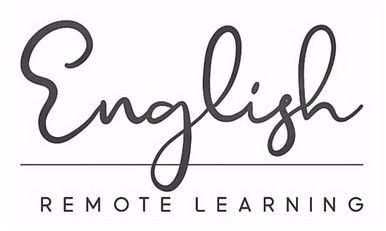Corporates
These are classes designed for professionals who already have an average to good level of English.
Sample lesson styles:
Lessons are designed according to the topics you are interested in, the self-assessment results and your learning goals. This will involve activities based on your level of English as shown below.
Speaking
- Practising functional language using role play, doing presentations, participating in group debates, expressing your opinions, and talking about some of your life experiences
- You may also study and practise sounds in class using an interactive phonemic chart. You will watch videos, learn new words and record yourself copying the pronunciation
Listening
- Dictation activities where I dictate a short paragraph orally and you will write the sentences based on what you’ve heard
- You may listen to YouTube clips, TEDtalks, radio broadcasts, short audio/video clips with comprehension questions and vocabulary tasks. You will also be introduced to a variety of accents and dialects
Reading
- Introducing you to different text styles where you develop your reading skills by skimming and scanning news articles, advertisements, postcards and biographies as well as answering questions
- Other activities include reading sentences and choosing correct words to go with their definitions
Writing
- I will provide models of text and you will analyse the language, sentence structure, grammar and main points
- You will also learn the difference between formal and informal writing styles, such as writing emails and short messages
- For homework, you may be given an essay to write based on the modelled example
Vocabulary
- Matching phrases and words to their definitions to develop new vocabulary and idioms based on themes or topics
- Vocabulary games such as hangman, word searches, pictionary are really fun and can be modified to suit your level. You can make a note of the words you have learned and use them in sentences
Group work
- Jigsaw reading and listening activities – where you read/listen to a text and speak and listen to others to reconstruct the information in the text. For example, using short authentic texts, such as newspaper and magazine articles

